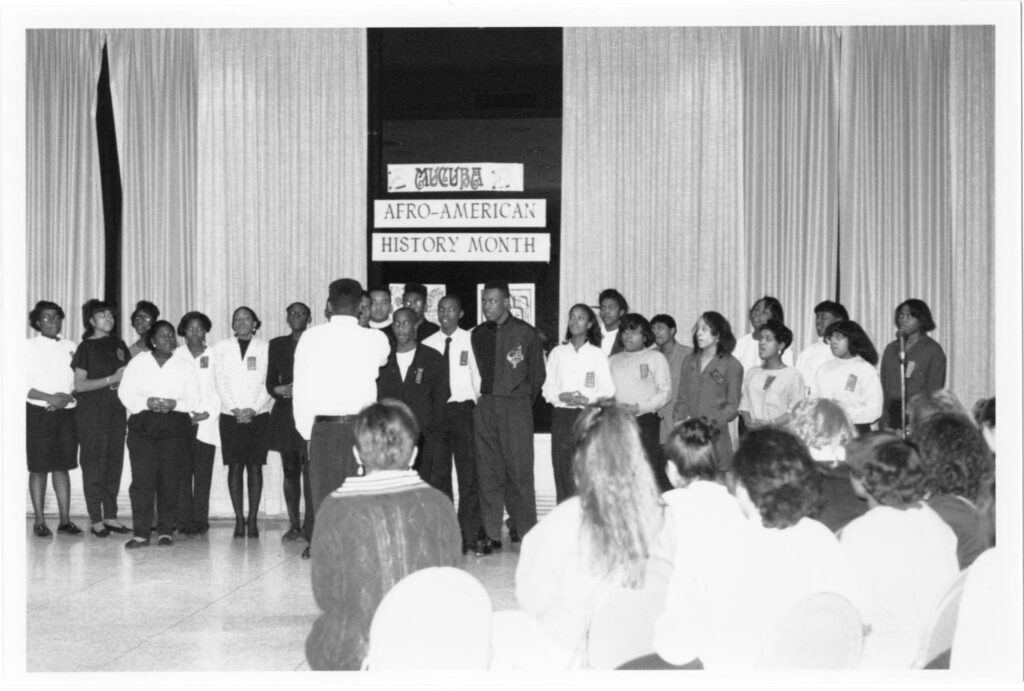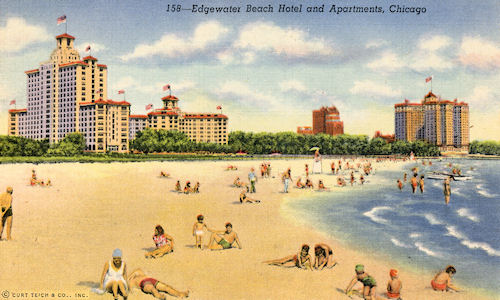This post was updated with new research and republished in April 2023. It was originally published in January 2023.
The 1960s were a tumultuous time for college students. The decade saw a surge of activism led by students across the United States. Between the war in Vietnam and the growth of the Civil Rights Movement, it is difficult to find a college student who did not take part in one activist cause or another. Mundelein College was not exempt from this student activism. The campus saw huge demonstrations against the war. The October Moratorium of 1969 saw 85% of Mundelein’s campus participate in anti-war activities [1]. When reviewing the Women and Leadership Archives’ collection of this period, especially the Mundelein Voices Media Portal, it is difficult to ignore the prevalence of anti-war involvement on campus. However, finding evidence of the activism of Black students at Mundelein can be more difficult.

The 1960s were brimming with national Black student activism. Organizations like the Student Nonviolent Coordinating Committee (SNCC), Congress of Racial Equality (CORE), Southern Christian Leadership Conference (SCLC), and the Black Panther Party helped to shape a growing Black student movement, which reached its zenith during the decade [2]. By 1968, many universities had Black student organizations. By the beginning of the ’70s, many of these organizations were using their power to make themselves heard. Universities such as the University of Kansas and the University of Wisconsin at Madison were rocked by strikes led by their respective Black student unions [3]. Mundelein was not immune to the wave of Black empowerment that led to vocal activism. In the fall semester of 1969 Black students at Mundelein formed a group to work collectively for their goals.



